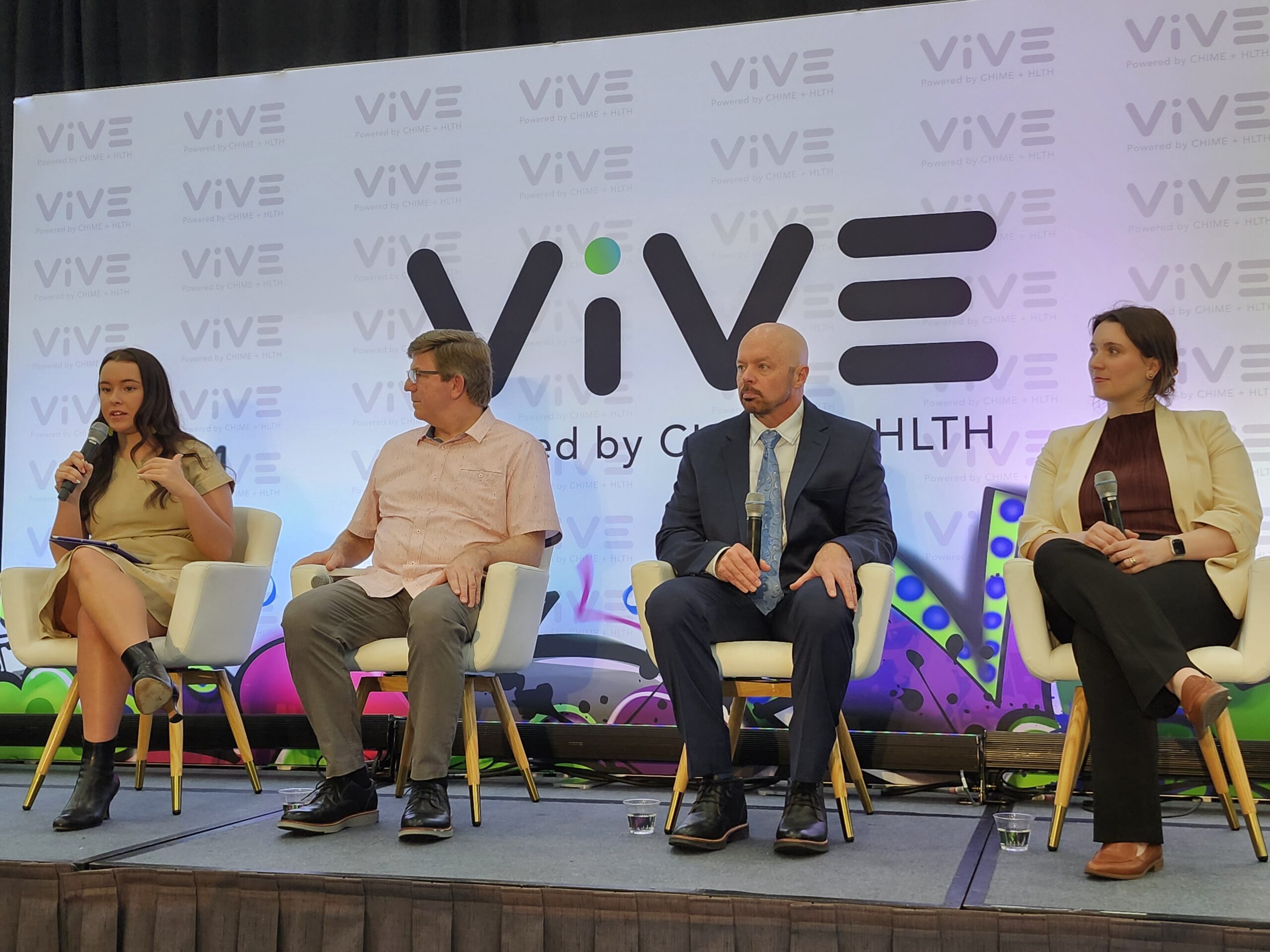
An Eli Lilly drug that treats diabetes and also helps patients shave weight is now FDA approved, giving the pharmaceutical company the chance to shave something else: the market share of a product from rival Novo Nordisk.

At ViVE 2024, Panelists Share Prior Authorization Progress and Frustration in Payer Insights Program
At the Payer Insights sessions on Day 1 of ViVE 2024, a panel on prior authorization offered compelling insights from speakers who shared the positive developments in this area after years of mounting frustration. Speakers also shared challenges as they work with providers to figure out how policy developments and technology will work in practice.
The FDA on Friday approved Lilly’s drug tirzepatide for improving blood sugar control, when used in addition to diet and exercise, in adults who have type 2 diabetes. Lilly’s new diabetes drug, a once-weekly injection, will be marketed under the name “Mounjaro.”
Mounjaro is a peptide drug designed to activate receptors for glucagon-like peptide-1 (GLP-1) and glucose-dependent insulinotrophic polypeptide (GIP), both of which are involved in controlling blood sugar. Indianapolis-based Eli Lilly already markets a GLP-1 agonist, the blockbuster drug Trulicity. Mounjaro combines that mechanism with GIP activation in a single molecule.
Lilly tested three different doses of Mounjaro in five clinical trials, either as a monotherapy or as an addition to other diabetes medicines. Those studies compared Mounjaro to a placebo, Novo Nordisk’s GLP-1 activating drug Ozempic, and two long-acting synthetic versions of insulin. In the placebo-controlled study, Lilly’s drug led to lower hemoglobin A1c, which is a measure of measure of blood sugar, by an average 1.6% more as a monotherapy and by an average 1.5% more when used alongside long-acting insulin. Compared to Novo Nordisk’s Ozempic, Lilly’s drug lowed hemoglobin A1c by an average 0.5% more. The Lilly drug also beat the two long-acting insulins.
“Mounjaro delivered superior and consistent A1C reductions against all of the comparators throughout the SURPASS [Phase 3 clinical trial] program, which was designed to assess Mounjaro’s efficacy and safety in a broad range of adults with type 2 diabetes who could be treated in clinical practice,” Juan Pablo Frías, Medical Director of the National Research Institute and an investigator in the study said in a prepared statement. “The approval of Mounjaro is an exciting step forward for people living with type 2 diabetes given the results seen in these clinical trials.”

Using Informed Awareness to Transform Care Coordination and Improve the Clinical and Patient Experience
This eBook, in collaboration with Care Logistics, details how hospitals and health systems can facilitate more effective decision-making by operationalizing elevated awareness.
Clinical data also show that Mounjaro leads to weight loss. The FDA said that among those who were randomly assigned to receive the maximum dose without additional insulin, the weight loss for patients was 15 pounds more than what was reported for the placebo group. When both were used with insulin, the average weight loss for those given Mounjaro was 23 pounds more than those given a placebo. The FDA also said that at the maximum dose, the average weight loss for those given Mounjaro was 12 pounds more than those treated with Ozempic, and 29 pounds and 27 pounds respectively compared to the two long-acting forms of insulin. Patients who received insulin without Mounjaro gained weight during the studies, the FDA said.
Weight loss could become a key feature of Lilly’s new drug as the company aims to build a market for the product in diabetes and beyond. Obesity is one of the additional indications that the company targeting for the drug. Last month, Lilly released preliminary data from a placebo-controlled Phase 3 clinical trial evaluating the drug’s ability to help patients lose weight. According to the company, the average weight loss at the highest of the three doses tested was 52 pounds compared to an average 5 pound loss in the placebo group. The Lilly drug is also in Phase 3 testing in heart failure and in Phase 2 testing as a treatment for the fatty liver disease non-alcoholic steatohepatitis.
In Mounjaro’s diabetes studies, the most common adverse reactions observed included nausea, vomiting, diarrhea, decreased appetite, constipation, upper abdominal discomfort, and abdominal pain. The FDA noted that in preclinical studies in rats, the Lilly drug led to thyroid tumors. While it’s not known whether Mounjaro causes such tumors in humans, its label carries a black box warning that flags this risk, cautioning that the drug should not be taken by those with a family or personal history of thyroid cancers.
Diabetes is Lilly’s biggest therapeutic area by revenue and Trulicity is the company’s top-selling product, accounting for $6.5 billion in revenue last year, a 28% increase over its sales in 2020. By comparison, Novo Nordisk’s Ozempic generated 33.7 billion Danish krone (about $4.7 billion) in 2021. Novo Nordisk’s pipeline includes a drug that, like Mounjaro, offers a dual mechanism for controlling blood sugar. That drug candidate is in Phase 2 testing.
Mounjaro will be available in six different doses administered with an auto-injector pen device that the company uses for its other products. Lilly said it expects its new drug will become available in coming weeks. A spokesperson said the company is not yet disclosing Mounjaro’s price.
Photo: Konrad Fiedler/Bloomberg, via Getty Images












